Webb Telescope snaps 45000 galaxies in ONE frame; universe seen like never before
The James Webb Space Telescope Advanced Deep Extragalactic Survey program has captured an image revealing a section of the sky that shows an astounding 45,000 galaxies in a single frame.
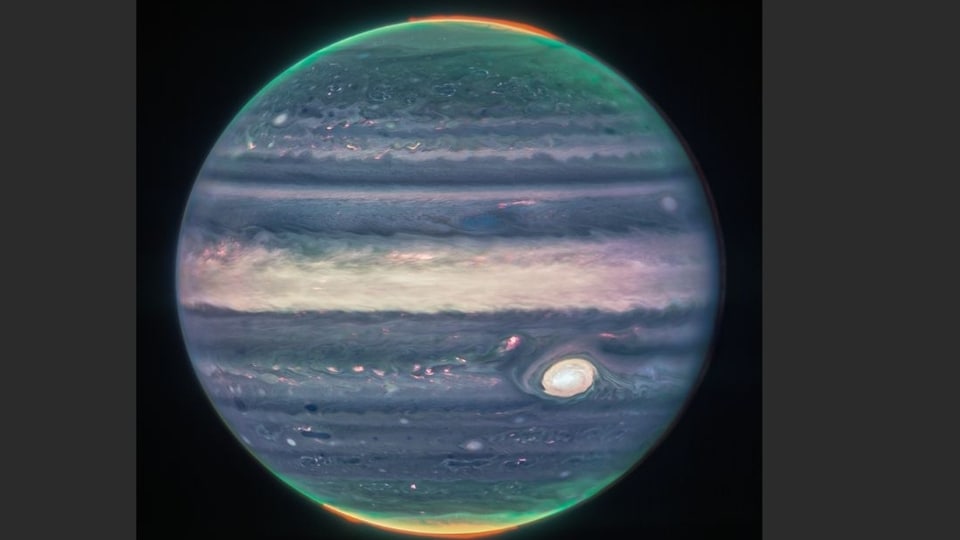
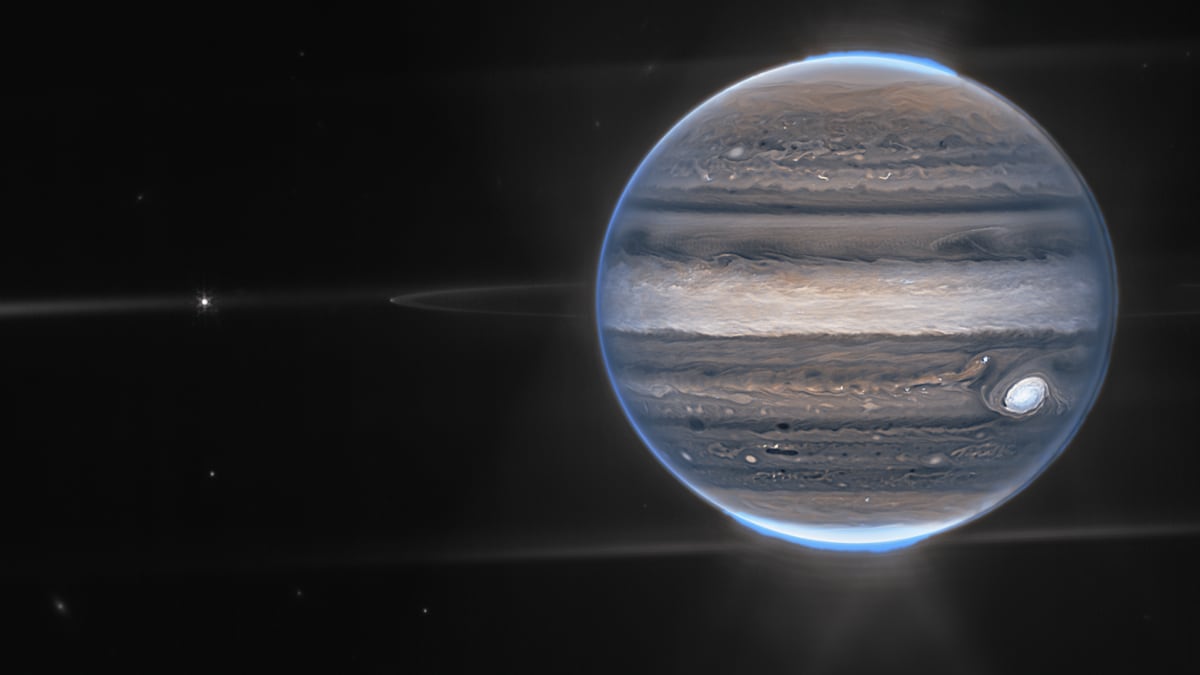
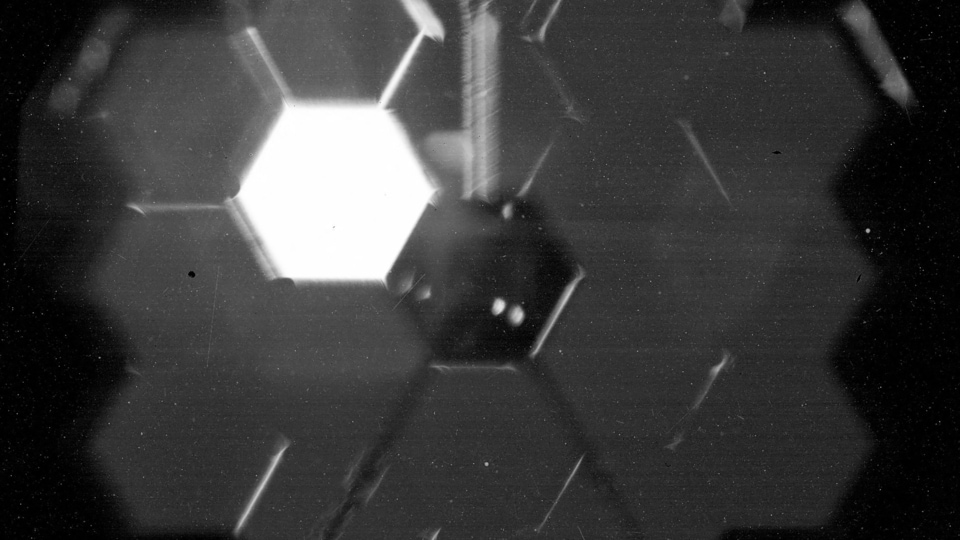
_1661230453587.jpg)
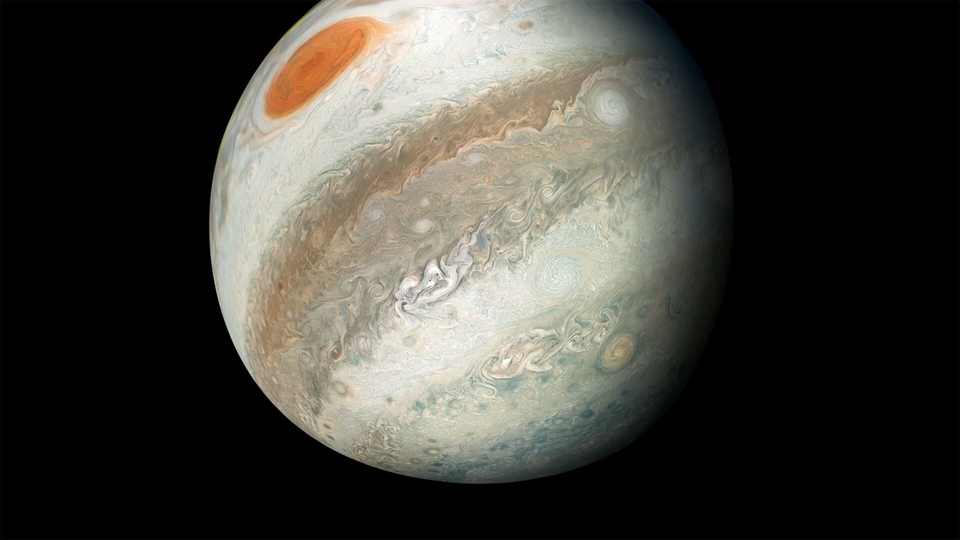
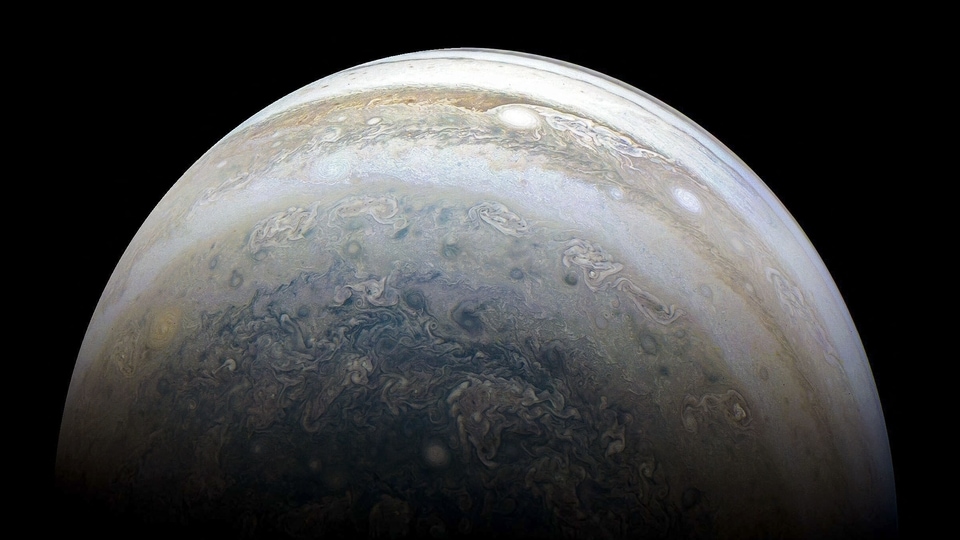
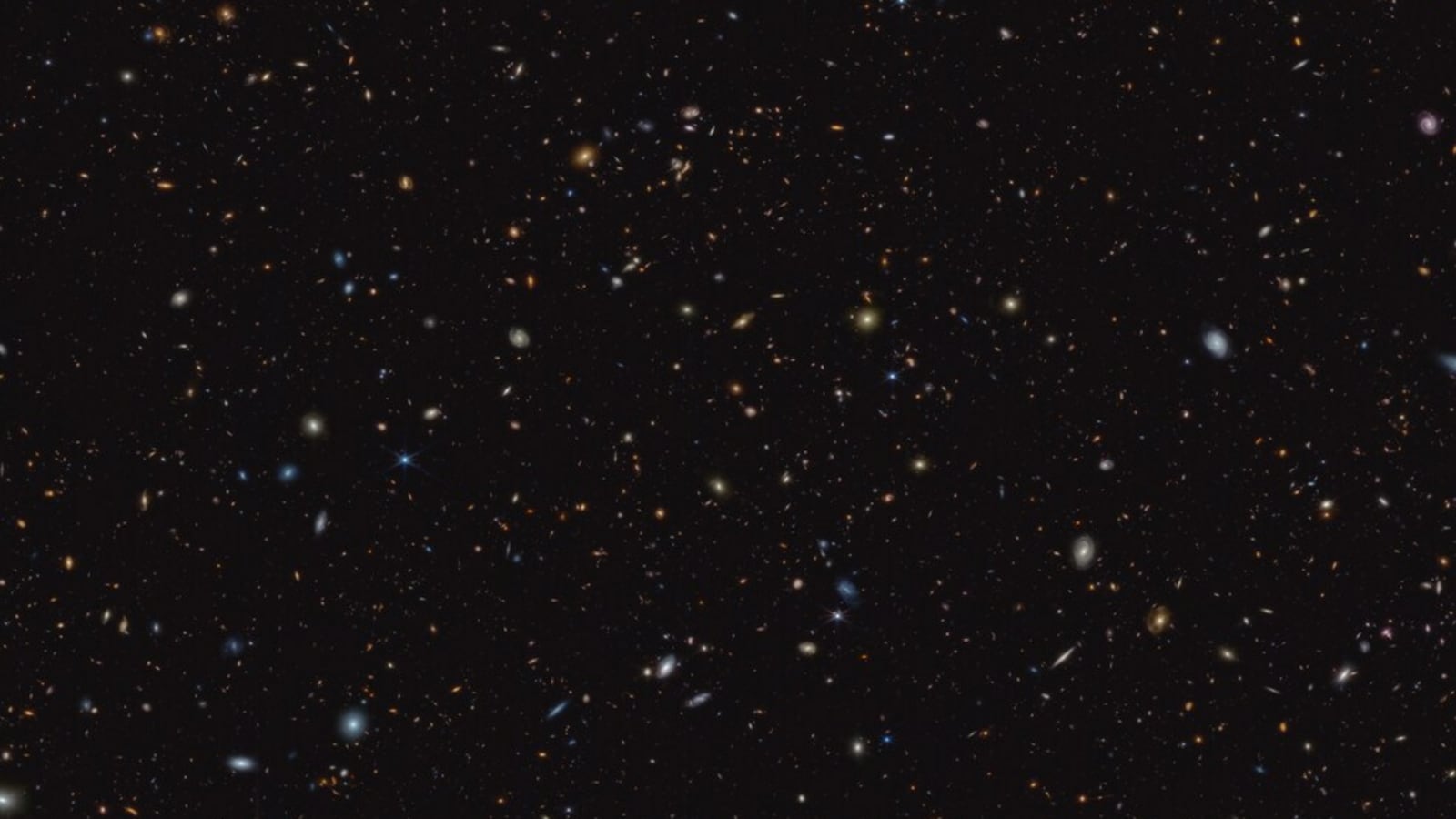
 View all Images
View all ImagesThe James Webb Space Telescope (JWST) has made significant contributions to our understanding of how galaxies and stars came into existence. NASA recently shared an infrared image captured by Webb as part of the JWST Advanced Deep Extragalactic Survey (JADES) program, shedding more light on the vast expanse of the universe.
This particular image focuses on a region of the sky known as GOODS-Sout. Amazingly this one photo packs over 45,000 galaxies, as reported by NASA. Researchers from the University of Texas at Austin conducted a study of galaxies that emerged 500 to 850 million years after the Big Bang, also referred to as the Epoch of Reionisation. During this epoch, the universe was shrouded in a gaseous fog that rendered it opaque.
Approximately one billion years after the Big Bang, this fog dissipated, making the universe transparent—a process known as reionisation, which lends its name to this specific epoch. The mystery lies in understanding how reionisation occurred.
One possible explanation revolves around the presence of active supermassive black holes housing young, hot stars. Researchers employed Webb's NIRSpec (Near-Infrared Spectrograph) to examine these galaxies for signs of star formation, leading to a remarkable discovery. Ryan Endsley from the University of Texas at Austin stated, "Almost every single galaxy we have found exhibits highly prominent emission line signatures, indicating recent and intense star formation. These early galaxies excelled at producing hot, massive stars."
These young, bright, and massive stars emit copious amounts of ultraviolet light, which ionises the surrounding gas atoms, stripping electrons from their nuclei. This transformation from opaque to transparent gas is responsible for the reionisation process.
The findings of this research were presented at the 242nd meeting of the American Astronomical Society in Albuquerque, New Mexico, as announced by NASA.
Catch all the Latest Tech News, Mobile News, Laptop News, Gaming news, Wearables News , How To News, also keep up with us on Whatsapp channel,Twitter, Facebook, Google News, and Instagram. For our latest videos, subscribe to our YouTube channel.





























